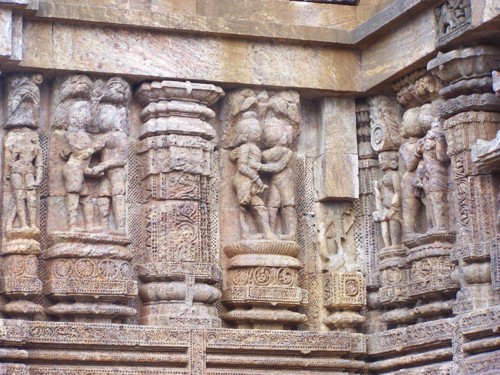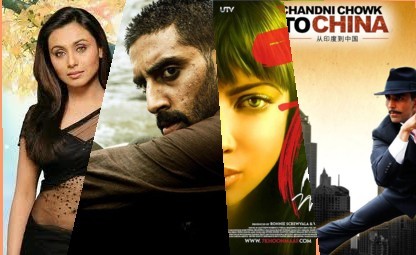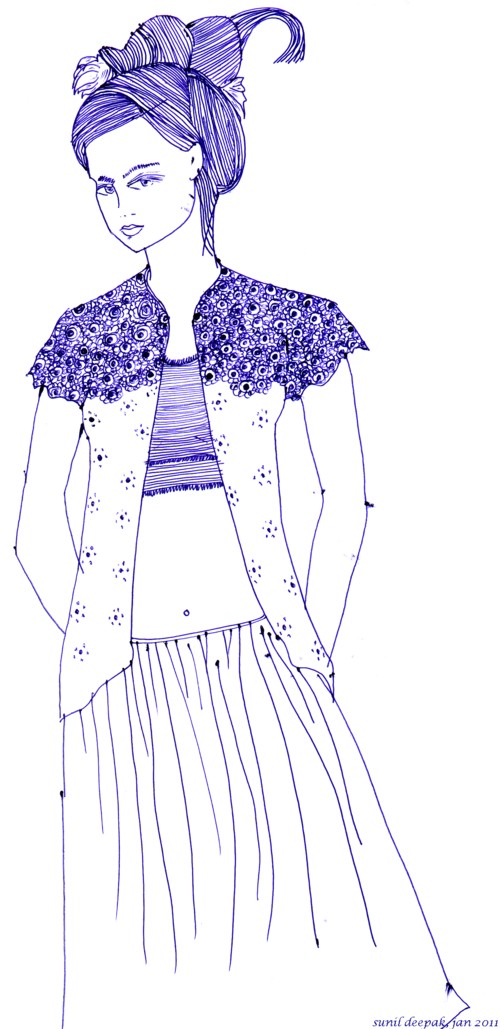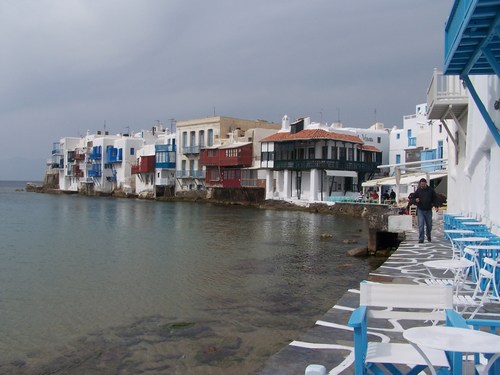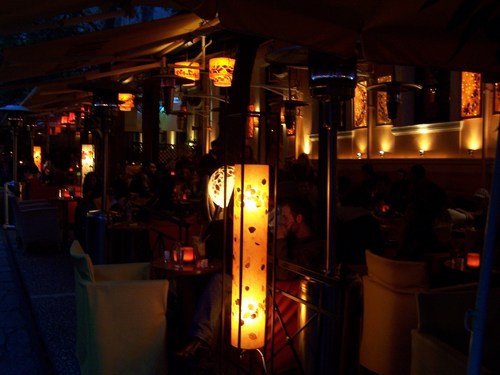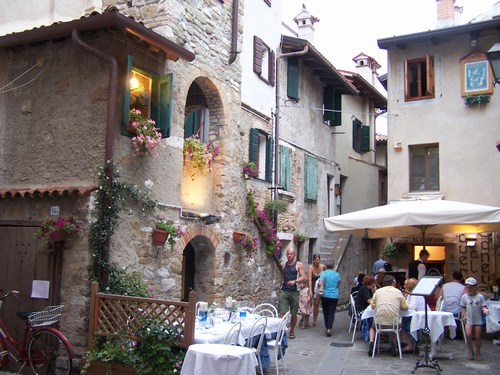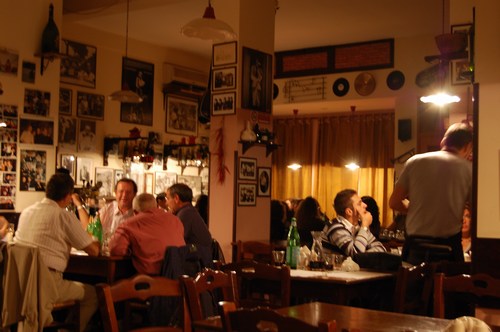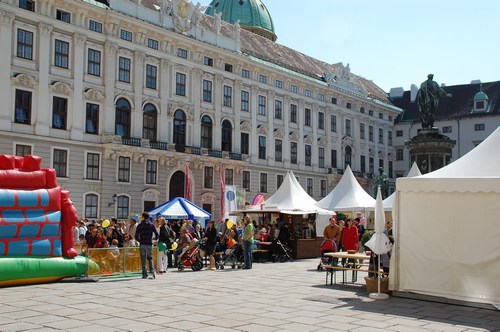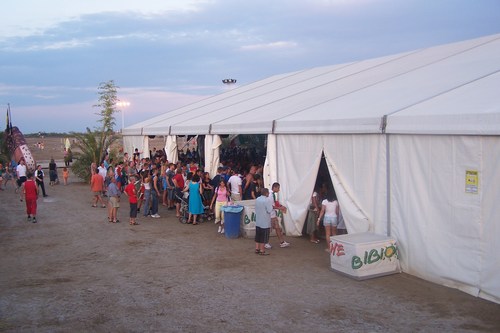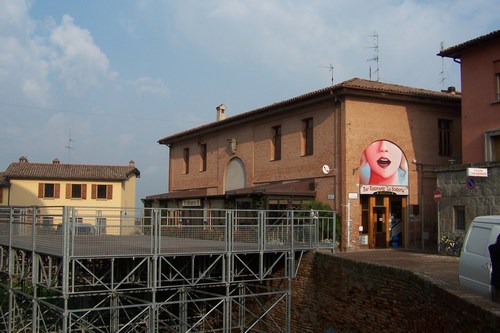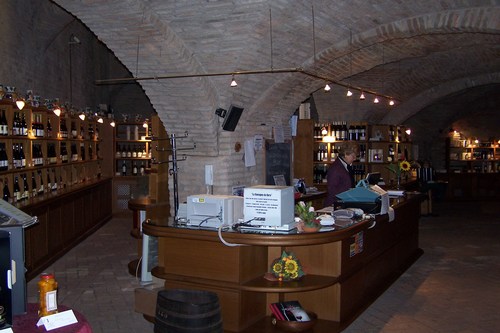This article focuses on changes affecting the religious beliefs of people, that are shaping our world.
Introduction
Different forces are changing our world all the time. We make all kind of theories about these forces and how these are going to change our world and then something new comes and sends all our theories haywire. Not that it stops us from making new theories!
Over the past few decades, the forces of globalization and the changes in geo-political equilibriums with emergence of a multipolar world where China, India, South Africa, Brazil, Russia and many other countries of Asia, Africa and Americas are finding their voices, have also promoted wide social changes that could lead to new unpredictable scenarios.
The crises of raw materials and food on one hand and the dangers of environmental damage, vie for attention along with the advances in genetic mapping and manipulation, development of new technologies like nanotechnologies, the information revolution, etc. At the same time, the last decades have seen increasing polarisations in religious feelings in different parts of the world. These are among the significant forces shaping the world of tomorrow.
The factors that are influencing and shaping our world are so many and so different, that a wider view of everything and making predictions about future is probably unrealistic and foolhardy.
Three broad trends related to religions
I can think of three broad trends related to the principle world religions over the past 3-5 thousand years:
(1) Infinite variations in religious beliefs is common in all major religions of the world: Looking at the way different religions have evolved, it seems inevitable that each religion tends to develop branches that move in different directions. These religious offshoots can be more or less important over periods of times.
Sometimes these religious offshoots are in conflict with other offshoots, that means conflicts with persons of their same religions. Often each branch of the religion feels that it represents the "true" sense of that religion, while others are betrayers or imposters.
At other times, these offshoots, called sects or some times separate religions, can co-exist in peaceful harmony, and even try some kind of dialogue and collaboration.
No religious group can claim to be exempt from this general rule. In addition to differences between different sects or offshoots of a religion, additional geographical differences also develop, that differentiate people living in one place with those living in another country. For example, Catholics in Spain may have some differences compared to the Catholics in Philippines.
Some examples of different sects (or new religions) developing in a religion are:
The sub-groups among
Hindus are innumerable, from Shavities, Vaishnavites, followers of Ram and followers of Krishna. Often the differences in religious beliefs about powers of specific deities, do not exclude respect and worship of other deities, so that fosters infinite variety of beliefs and "encroachments" in to other religious traditions.
Some of the more prominent sub-groups among
Muslims include Shia, Sunni, Bohra, Ahmadiya, Deobandi, Wahabi, Ashrafs, Ajlafs, Sufi, Hanafi, Shanafi'i, Maliki, Hanbali, etc. The "distances" among some of them are considered big and thus some of them are not even considered as "Muslims" by other groups.
Some of the more prominent sub-groups among
Sikhs include Khalsa, Amritdhari, Nanakpanthi, Sahajdhari, Akali Nihang, Nirankari, Namdhari, Radhasoami, 3 HO, etc. The "distances" among some of them are considered big and thus some of them are not even considered as "Sikhs" by other groups.
Similarly
Christians include Catholic, Orthodox, Syrian, Jaocbites, Malabar, Methodist, Jehovah's witness and other innumerable groups.
I don't know all the details but I can imagine that Jain, Buddhist, Parsi, Bahai, Jews and other religions, all have some sub-groups.
(2) In all religions, some groups, especially the more orthodox and conservative among them, try to have a dominating role, claim to be the only real religion and dictate rules for the others: This seems to be another common feature of all religions, that more conservative groups among them provoke very strong feelings in their followers and they feel it like their life's mission to ensure that all others follow the "true" path and punish those who try to deviate from the path.
Often such groups come to use violence, verbal or physical, to impose their will on other groups. Usually, they also ask the State to use their religious principles to guide the laws of the country.
(3) Rise of a new humanism among a cross-section of persons in a wide number of countries, influenced by ideas of human rights: Over the past three decades, my work has given me the opportunity to visit a large number of countries in different parts of the world, and increasingly I have met persons of different religions, who share some common beliefs. They believe in terms of individuals' rights, irrespective of their religious beliefs, to live fulfilling lives with dignity.
Some times, their beliefs go against traditional religious beliefs of their individual religions, in areas such as role of women at home and in society, role of religion in the life, possibility of living in co-existence with other religions, role of religious education in their children's lives. Many of them look to and accept the basic principles of
Universal Declcaration of Human Rights.
With globalisation and information technology, there is rise in opportunities for social interaction with people of other countries, cultures and religions. TV and films, newspapers and magazines, often talk about and show these relationships and interactions. For example, people from different parts of same countries or from different countries fall in love, some of whom, also marry and set-up multi-religious families.
I like calling this phenonmenon, the
new humanism of religions. This new humanism is linked to a crisis of traditional religions, especially in industrialized societies that had strong economic development and a shift from rural to urban societies over the past couple of centuries.
I think that the rise of new humanism of religions is closely linked to the desire of domination by more conservative religious groups to impose their way of religious thinking on everyone. Communities and persons, who have held power for centuries are being threatened by the rise of new humanism of religions.
Challenges of orthodoxies for the future
Over the past couple of decades, slowly issues related to orthodox and conservative versions of Islam have occupied centre-stage of global debate. About 15-20 years ago, Afghanistan, Iran and may be Kashmir in India, seemed like the flash points of Islamic conservatives. Over the past decade, situations in Somalia, Sudan, Nigeria, Yemen, Pakistan, Bangladesh, Iraq, etc. has become more problematic , as country after country (or part of a country), adopts Shariat based laws. Invariably, in such places, communities are dominated by more orthodox and conservative elements and more progressive Muslims as well as minority groups of other religions, face increasing violence and marginalization.
Now as dictators that guaranteed some kind of check on radical Islamic groups in Tunisi, Algeria and Egypt, are being toppled and civil societies are hoping for more democracy, there are increasing fears of rise of these radical Islamic groups. I have heard of stories of violence and verbal assaults against Coptic Christians in Egypt. Situation in Pakistan, after killing of Taseer, seems to be getting worse. Thus fears among minority groups are running high.
M. K. Bhadra Kumar, scholar of political Islam, on
Indian Punchline had recently written, "
What happens in Egypt will determine the course of Middle Eastern history... Muslim Brotherhood is waiting in the wings as the flames of anger spread in the Middle East."
Many of my Muslim friends insist that Islam is a religion of peace and that Prophet Mohammed never condoned violence on the innocent. However, in the situation today, perhaps the real message of Holy Kuran does not matter. What matters more is how in country after country, the name of Islam is used to silence dissent, conformism to the ideals of "true Islam" proposed by the radical group is compulsory for everyone.
Conservative hardliners were always there in other religions too. Neocon Christians in USA, the conservative hardliner Jews in Isreal supported by groups in USA and other parts of the world, the supporters of Hindu rashtra in India, the Buddhist supporters of Singhalese forces against the Hindu Tamils in Sri Lanka, the examples don't lack. Conservatives of other religions were always there.
I don't know if the expansion of conservative hardliners in other religions can be attributed only to rise of conservative Islam. However, whatever, other reasons are there, the rise of conservative Islamic groups is going to strengthen this tendency.
What answers can we give?
I believe that we need to have robust examples of different models of religious co-existence. We need to show that conflict is not the only way and that new humanism of religious co-existence can be a better alternative for future of mankind.
The societies that are truely multi-ethnic, multi-cultural and multi-religious, especially India, need to support all progressive forces from different religions, in presenting alternative models of religious co-existence.
If we look back in history to the periods when conservatives of a religion dominated and influenced the whole world, probably we can look at the rise of orthdox Christianity in the period called as "the dark ages". It stopped human and scientific progress for hundreds of years and led to tragedies of inquisitions, crusades, annihilation of millions of indigenous people in different parts of the world.
The rise of orthodoxy and conservatives, would have an equally damaging impact on human rights, science and progress of millions who live in these countries and their impact will be felt in the remaining world. In the present age of information technology and globalization, how many decades or centuries would these theocracies last, who can tell?
John Butt, an Islamic scholar, in his article "A passage to secularism" in
Hindustan Times of 27 January 2011, had written:
The havens of Islamic learning in India are still intact. They are vibrant, not politicised or radicalised. Some of them are admirably progressive, shunning the traditional abhorrence of secular subjects and incorporating them into their curriculum. Not only would students from Afghanistan be exposed to a progressive strain of Islamic learning if they were allowed to come to India for their religious studies, but they would also see religious education as it once was: learning not to fulfil any political agenda but for the sake of learning itself.
I have many Muslim friends from Indonesia, Bangladesh and Pakistan, who believe in progress and human rights, but I am afraid that in the coming future, their voices are going to be increasingly marginalized and it is going to be increasingly dangerous for them to speak of peace and co-existence with other religions, and to safeguard the human rights and civil liberties of many groups, especially women.
If these lead to reactions of more conservatism from other religions, we are also going to see even more conflicts.
Only India can have that strength with its 900 million Hindus, 120 million Muslims, 30 million Christians and millions of followers of almost every world religion, to oppose such a model of radical and conservative religions, with an example of progress, liberty and peaceful co-existence of different strands of religions, with equal dignity to other religions. But for this India needs to oppose the strengthening of conservative voices, and is that really feasible in the present political scenario?
M. K. Bhadra Kumar, scholar of political Islam, on
Indian Punchline had written about the controversy related to Ghulam Mohammed Vastnavi from Deoband:
How nice if Pakistani madrassas had Vastanvis! Iranian madrassas are full of Vastanvis. How nice if madrassas taught management sciences and the scholars in Deoband ‘googled’ after their evening prayer and supper in the seclusion of their chambers in search of the mysteries of biochemistry... It is atrocious that Vastanvi has no defenders among our national leaders. We shouldn’t repeat the mistake that Pakistan made - remaining silent when we ought to speak. That the Muslims of India do not remain the pocket borough of self-seeking men and politicians and instead move forward is also a national issue. The onus is particularly on our secular political parties to help Deoband move forward with the times.
Given the situation of politics, probably we can't expect our politicians to take sensible action and a stand on progressive ideals. With the vote-bank politics that dominates India, it is going to be impossible to expect India's political leadership to show the required maturity. They have always bowed in front of conservative orthodoxies. This puts a special onus on civil society.
Civil society in India and other multi-religious countries, need to look for ways that show that different religions are not monoliths, but are full of diversity and different ways of interpreting the faith, are all equally important and legitimate. They have to fight against conservatives and hardliners of different religions.
It is only people and civil society that can find a way to ensure that rich diversity, millenniums-old Indian traditions of giving refuge to world's persecuted religions and its history of living together of different religions, can be safeguarded and shown to the world as an example of building new societies. Doing this is imperative to future of India. It will also be important to show to the rest of the world, that an alternative way of co-existence is possible.
***
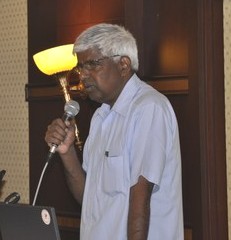 There are people who tread softly in life. Naidu was like that. Treading softly, always gentle, positive and understanding. He had that smile that spoke of a life of suffering, but he never talked of his own problems.
There are people who tread softly in life. Naidu was like that. Treading softly, always gentle, positive and understanding. He had that smile that spoke of a life of suffering, but he never talked of his own problems.

